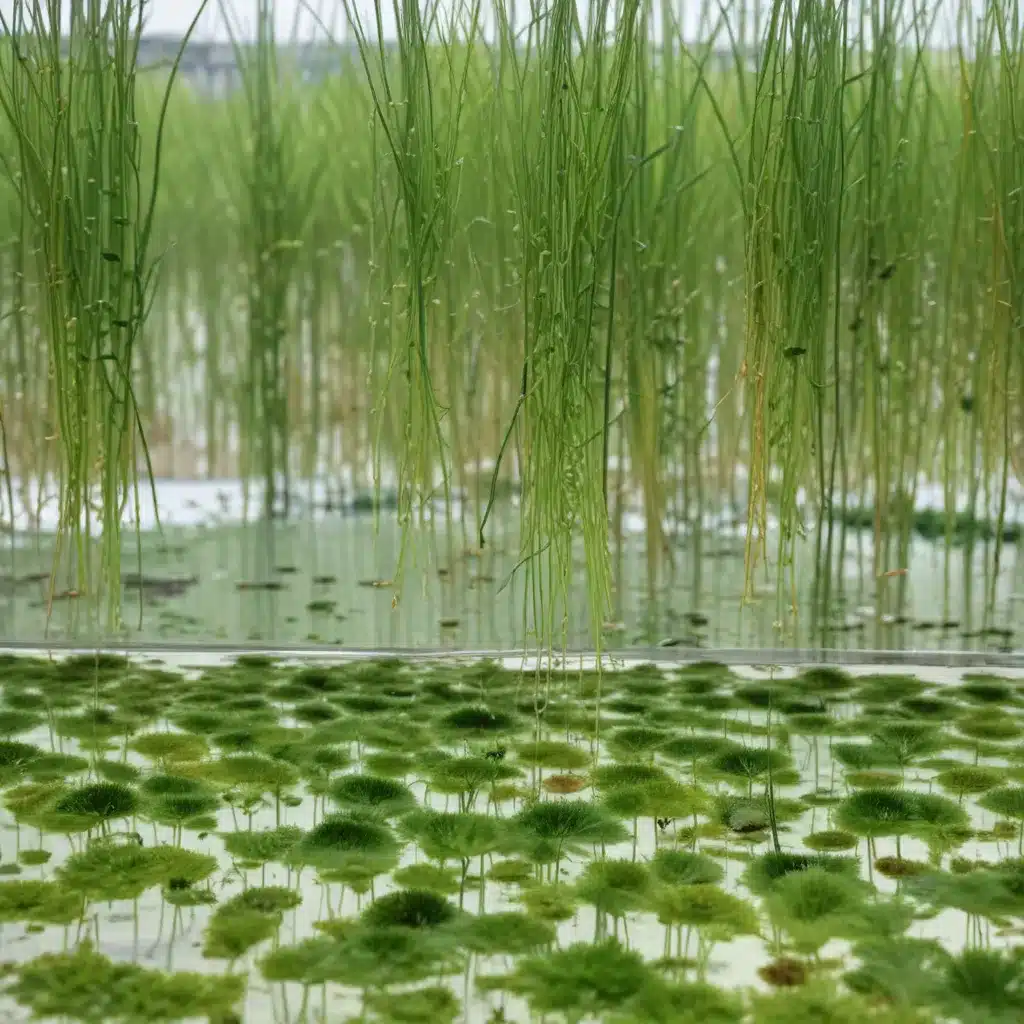
Harnessing the Power of Microorganisms for a Greener Future
The world population is growing rapidly, and with it, the demand for food and energy is skyrocketing. This has led to a significant increase in livestock production, which in turn generates massive amounts of wastewater containing a high concentration of organic pollutants, nutrients, and other contaminants. Conventional wastewater treatment methods are often costly, inefficient, and generate substantial sludge, posing environmental challenges.
To address these pressing issues, researchers have turned to the remarkable capabilities of microorganisms – fungi, yeast, and microalgae – to develop an integrated approach for sustainable wastewater treatment and biofuel production. This innovative strategy harnesses the complementary metabolic functions of these diverse microbial players, unlocking a world of possibilities for a greener, more efficient future.
Fungi: The Versatile Waste Degraders
Fungi, with their exceptional adaptability to harsh environments and ability to produce a wide range of extracellular enzymes, have emerged as valuable assets in wastewater treatment. These remarkable microorganisms can effectively break down complex organic compounds, including synthetic dyes, chlorophenols, polychlorinated biphenyls, and polycyclic aromatic hydrocarbons, transforming them into simpler, more manageable forms.
In this study, we employed a multi-stage approach involving the isolation and strain selection/adaptation of fungi, yeast, and microalgae consortia. The process began with screening various fungal isolates for their ability to grow on the cellulosic biomass present in livestock wastewater, a crucial step in the saccharification (breakdown of complex carbohydrates into simpler sugars) process.
Our results revealed that the fungal strain Penicillium chrysogenum (Cla) exhibited remarkable performance, producing a remarkable 0.56 mg/ml of glucose through the enzymatic hydrolysis of the livestock waste cellulosic material. This finding underscores the impressive capacity of Cla to degrade and ferment the complex polysaccharide substrates present in the wastewater, a crucial first step towards subsequent bioethanol production.
Yeast: The Efficient Bioethanol Producers
Following the successful saccharification by the fungal strain, we turned our attention to the fermentation process, harnessing the power of another microbial champion – the yeast Saccharomyces cerevisiae (Sc). Known for its exceptional fermentation abilities and tolerance to harsh environmental conditions, S. cerevisiae has long been a go-to choice for industrial-scale bioethanol production.
Our study demonstrated the synergistic potential of the fungal-yeast consortium, with the combination of P. chrysogenum Cla and S. cerevisiae Sc yielding the highest bioethanol production, reaching a remarkable concentration of 99.32 ppm. This result highlights the importance of leveraging the complementary roles of these microorganisms, where the fungi effectively break down the complex organic matter into readily available sugars, which the yeast can then efficiently convert into the sought-after biofuel.
Microalgae: The Wastewater Champs
While the fungal-yeast partnership tackled the bioethanol production aspect, we recognized the need to address the remaining nutrient and organic load in the livestock wastewater. This is where the mighty microalgae stepped in, showcasing their remarkable ability to thrive in wastewater environments and effectively remove a wide range of pollutants.
Our investigations focused on the Nile River microalgae, with a particular emphasis on the species Chlorella vulgaris. The results were nothing short of impressive – at a 5% organic load, Chlorella vulgaris emerged as the dominant species, demonstrating its exceptional adaptability to the wastewater conditions. Moreover, the microalgal treatment achieved staggering reductions in key parameters, including a 92.5% decrease in ammonia, a 94.1% drop in nitrate, and complete (100%) removal of phosphate.
These findings underscore the pivotal role of microalgae in completing the loop, seamlessly integrating with the fungal-yeast consortium to deliver a comprehensive solution for wastewater treatment and resource recovery. By harnessing the diverse metabolic capabilities of these microorganisms, we have unlocked a truly sustainable and holistic approach to tackling the challenges posed by livestock wastewater.
Unlocking a Greener Future through Microbial Synergy
The integration of fungi, yeast, and microalgae in this study showcases the remarkable potential of microbial consortia in addressing the pressing environmental and energy challenges of our time. By carefully selecting and adapting these versatile microorganisms, we have created a synergistic system that not only effectively treats livestock wastewater but also generates a valuable biofuel product in the form of bioethanol.
The fungal strains, led by the impressive P. chrysogenum Cla, demonstrated their prowess in breaking down complex organic matter and liberating simple sugars, paving the way for the yeast’s efficient conversion into bioethanol. Meanwhile, the microalgae, particularly Chlorella vulgaris, stepped in to tackle the remaining nutrients and organic pollutants, ensuring a comprehensive and sustainable treatment of the wastewater.
This holistic approach, integrating the specialized capabilities of various microbes, offers a promising solution for the livestock industry and beyond. By transforming waste into valuable resources, we can not only address the environmental concerns associated with wastewater but also contribute to the development of a circular bioeconomy, where waste is viewed as a feedstock for new products and energy sources.
As we continue to navigate the complex challenges of a growing population and the ever-increasing demand for food, energy, and sustainable water resources, the insights gained from this study serve as a beacon of hope. The remarkable adaptability and metabolic versatility of fungi, yeast, and microalgae provide a roadmap for innovative, eco-friendly, and economically viable solutions that can be replicated and scaled across different industries and regions.
Join us in embracing the power of microbial consortia and embark on a journey towards a greener, more resilient future, where waste is transformed into valuable resources, and the harmony between human progress and environmental preservation is truly achieved.

